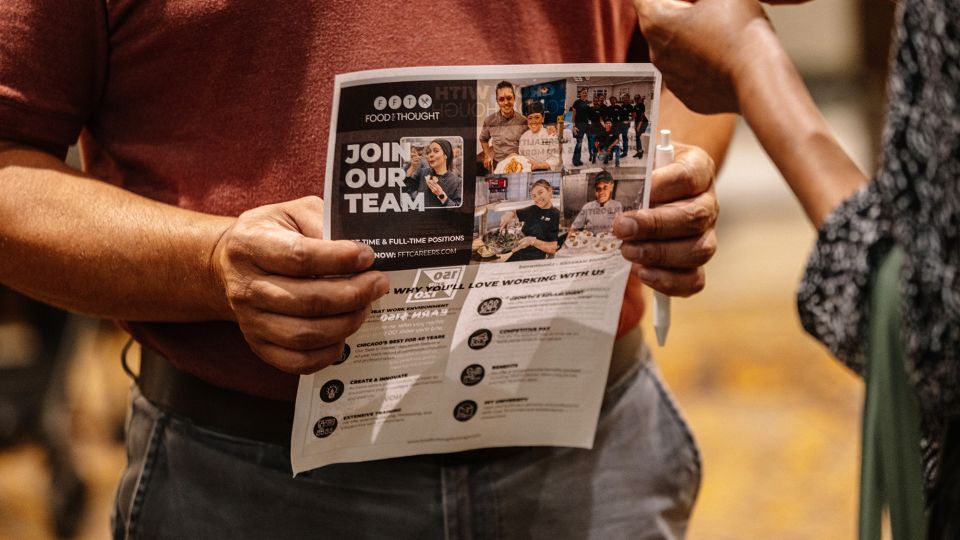Something in the US economy isn’t adding up, and it’s rattling the people charged with wrangling inflation and keeping the labor market intact.
US companies have sharply slowed their hiring this year, hesitant to invest without knowing the full effects of President Donald Trump’s sweeping economic policies. The economy lost jobs in June and August, and the average pace of job gains for the three months ending in September was only around 62,000, according to the Labor Department.
Yet workers’ productivity, a key driver of economic output, remains high. And gross domestic product, which captures all the goods and services produced in the economy, has stayed robust.
That dichotomy of an expanding economy and a softening labor market presents a conundrum for policymakers at the Federal Reserve, complicating their efforts to determine whether the economy needs cooling or boosting.
“The divergence between solid economic growth and weak job creation created a particularly challenging environment for policy decisions,” Fed officials noted in their October meeting, according to minutes released Thursday.
A growing economy, boosted by resilient consumers and massive investments in AI, should be spurring hiring, especially now that the Fed has started lowering borrowing costs. But that hasn’t happened, and there are fears it won’t.
“When it comes to monetary policy, the narrative next year is going to be about how to handle a jobless expansion,” Ryan Sweet, chief US economist at Oxford Economics, told CNN. “How do you try to get businesses to hire more?”
The recent string of record highs in the stock market suggests that many American businesses are optimistic about the value of AI. However, that confidence has so far not translated into an expansion of their workforce.
Business spending on information processing equipment and software accounted for 4.4% of GDP in the second quarter, according to Commerce Department data, slightly below a peak reached in 2000 when businesses ramped up similar investments during the dot-com boom. Solid consumer spending this year has also kept company profits afloat.
“Firms are investing a lot in this new technology, but sometimes that means reducing other expenditures, such as hiring,” said Eugenio Alemán, chief economist at Raymond James. He added that strong AI investment likely persisted in the third quarter and should peak sometime next year.
The government shutdown likely dented GDP in the current quarter that stretches from October through December, but the US economy is widely expected to recoup most of those losses early next year.
